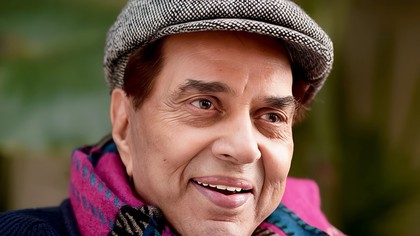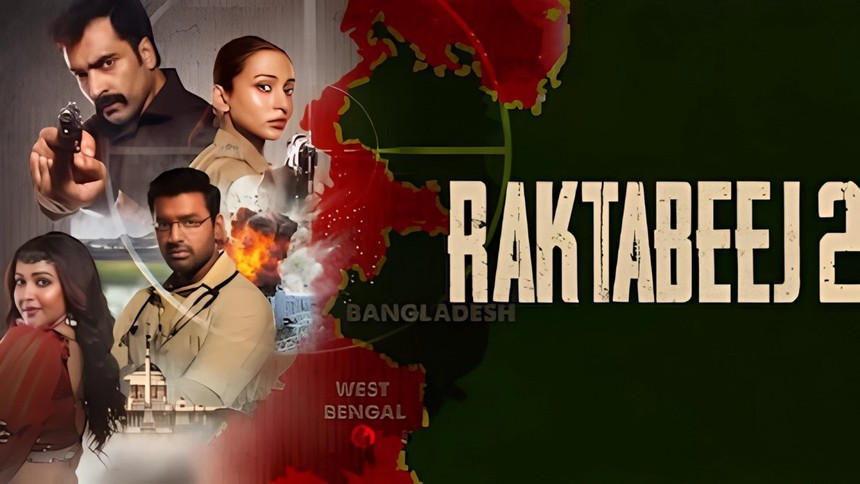Sometimes a character looks right into the camera, and everything changes. The wall between viewer and story disappears. In that moment, you are no longer just watching. You are involved. And when it happens without warning, it can feel jarring, intimate, or deeply unsettling. Indian web shows have started using this tool more boldly, not as a gimmick but as a way to shake the viewer out of passive watching. These are not monologues. They are confessions, threats, pleas, and challenges. They are moments when fiction breaks itself just to speak directly to you.
In Class, the show's darkest revelations come with moments that feel too personal. When a character briefly turns to the camera, it feels less like a creative device and more like an emotional release aimed directly at the viewer. The show is filled with betrayal, ambition, and moral fog, but it is these sudden moments of eye contact that cut deepest. They are silent accusations. They make you feel complicit.
Shehar Lakhot uses the device in a way that feels conspiratorial. A character will glance at the audience while lying to someone else. It is not a break from the narrative. It is an invitation to stay in on the lie. These glances are fleeting but powerful. They shift your loyalty. Suddenly you are not just watching someone hide something. You are part of it. The fourth wall does not break loudly. It flickers, and then it is gone.
In The Fame Game, Madhuri Dixit’s star persona is both celebrated and questioned. And when her character speaks directly to the viewer, it is not just about plot. It is about identity. The show explores the line between public image and private life, and the rare moments where she addresses the camera feel like windows into something more real. They add complexity to the glamour and show the loneliness behind it.
Crash Course features students under pressure, and the storytelling often reflects their fractured mental states. When a character speaks directly to the screen, it breaks the linear narrative, but in a way that mirrors how trauma and memory work. The viewer becomes a silent witness to confession. You are not being told a story. You are being shown a wound.
Kaalkoot uses the fourth wall in brief, raw moments. Not as a theatrical device but as emotional rupture. A character will break gaze with another and look into the camera as if unsure who to trust anymore. It does not feel stylized. It feels desperate. That look becomes a question, not to another character, but to you. And you are left to answer it in silence.
These shows do not use the fourth wall to show off. They use it to let you in. To make you uncomfortable. To make you realise that what you are watching is not just entertainment. It is a message. A reflection. A confrontation.
Follow Binge Moves on Instagram and Facebook for more scenes that don’t just play out on screen, but reach across it and pull you in.











